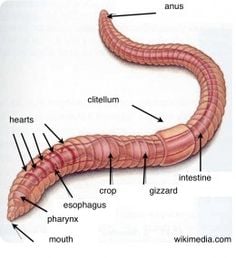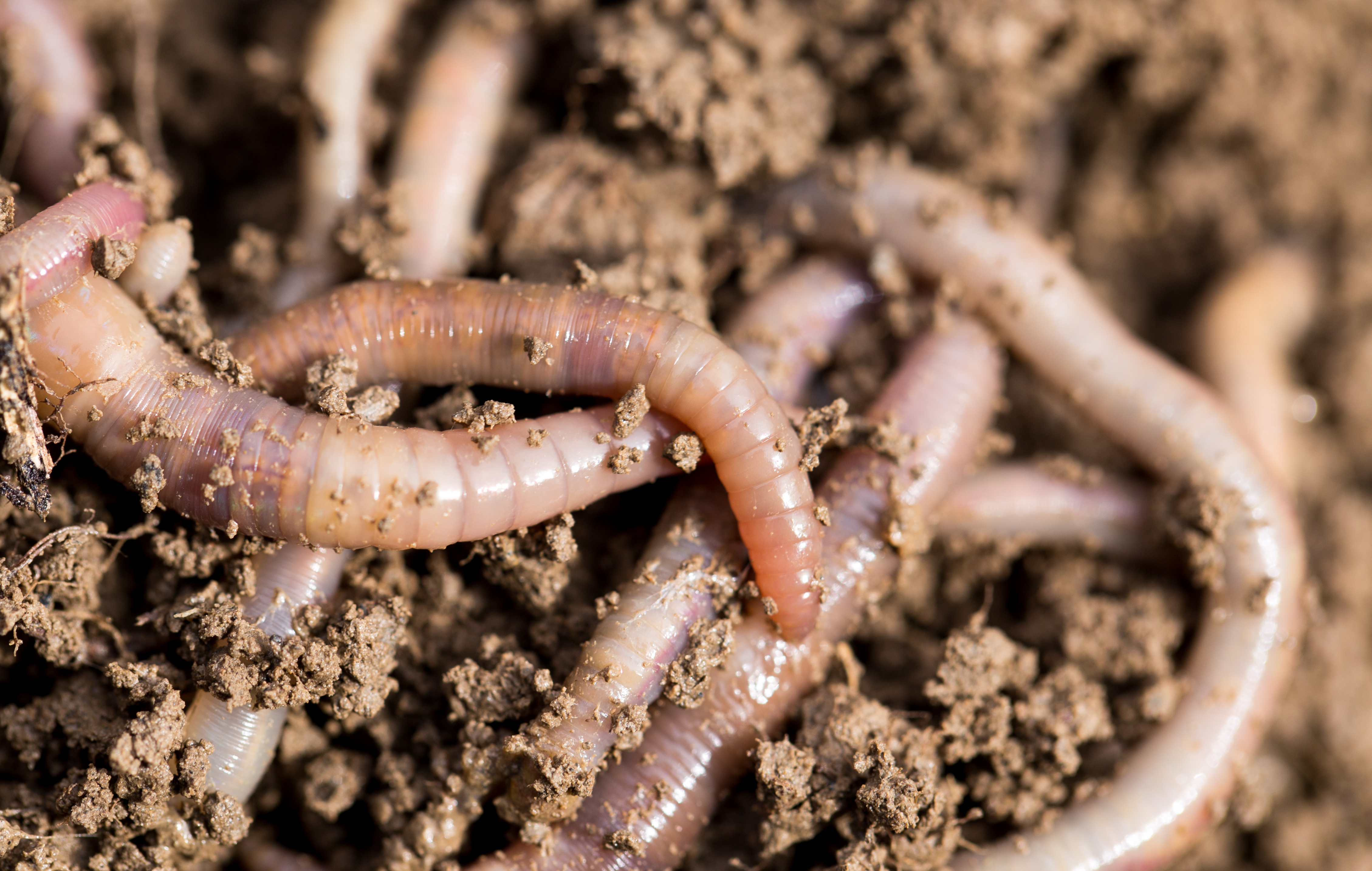Red Wiggler Worms - Boost Your Soil Health And Wellness Normally
Red Wiggler Worms - Boost Your Soil Health And Wellness Normally
Blog Article
Optimizing the Perks of Red Wiggler Worms: A Comprehensive Handbook for Home Gardeners and Urban Farmers
In the world of sustainable gardening practices, red wiggler worms stand as unsung heroes, silently changing organic waste into nutrient-rich castings that can work marvels for dirt wellness. By checking out the details of just how to successfully care for and optimize the advantages of red wiggler worms, people can unlock a wide range of opportunities for boosting the sustainability and efficiency of their gardening endeavors.
Recognizing Red Wiggler Worms
Red Wiggler worms, renowned for their reliable composting capabilities, are a types of earthworms extensively used in vermiculture techniques. These worms, clinically known as Eisenia fetida, thrive in decaying organic product, making them suitable prospects for composting.
One key characteristic of Red Wiggler worms is their reproductive rate. These hermaphroditic creatures possess both female and male reproductive body organs, enabling them to recreate rapidly under beneficial problems. A mature Red Wiggler can produce several spawn in a short period, guaranteeing a constant population within a composting system.

Establishing Up a Worm Bin
When establishing a worm container for vermiculture purposes, correct prep work and focus to information are essential for developing a conducive atmosphere for Red Wiggler worms,. Begin by choosing a suitable container for your worm container. This can be a plastic or wooden container with a lid to keep dampness levels and shield the worms from light. Make certain that the container has water drainage openings at the bottom to avoid waterlogging.

Area the worm container in a cool, dark area away from direct sunlight and severe temperatures. By complying with these steps, you can establish up a prospering worm bin that will effectively refine natural waste into nutrient-rich vermicompost for your yard.
Feeding and Preserving Worms
Making sure a nutritious and balanced diet plan is important for the health and efficiency of Red Wiggler worms in a vermiculture system. It is vital to stay clear of feeding them citrus fruits, onions, garlic, milk products, meat, and oily foods as these can be dangerous to the worms or create undesirable odors in the container.
Appropriate wetness levels are also crucial for the health of Red Wiggler worms. By vigilantly monitoring their diet plan, dampness, and ecological problems, home garden enthusiasts and metropolitan farmers can maintain a go to this site effective and healthy Red Wiggler worm populace for composting purposes.
Harvesting Worm Castings
To effectively remove nutrient-rich worm spreadings from the vermicompost, an organized harvesting process is important for making best use of the composting advantages. Red Wiggler Worms. The very first step in collecting worm spreadings is to motivate the worms to migrate to one side of the container. This can be accomplished by placing fresh food scraps on one side and leaving the opposite undisturbed for a couple of days. As soon as most of worms have actually relocated to the side with fresh food, the spreadings can be accumulated from the opposite side.
After the castings have been gathered, it is important to divide any remaining worms from the spreadings to stay clear of hurting them during storage or application. One effective approach is to develop conical stacks of spreadings under brilliant light. Worms will intuitively relocate away from the light, permitting for easy separation and removal.
Last but not least, the collected worm spreadings ought to be kept in an awesome, dark, and dry area to preserve their quality and effectiveness as a nutrient-rich soil amendment. By complying with these steps, home gardeners and metropolitan farmers can maximize the benefits of red wiggler worms in their vermicomposting systems.
Making Use Of Worm Castings in Gardening
The unification of nutrient-rich worm spreadings right into garden dirt can significantly improve plant growth and overall dirt wellness. Worm Look At This spreadings, also referred to as vermicast, are an all-natural fertilizer generated by red wiggler worms as they break down raw material. These spreadings are rich in vital nutrients like nitrogen, phosphorus, potassium, and beneficial microorganisms that promote plant growth and boost dirt structure.
When using worm castings in gardening, it is necessary to mix them completely right into the soil or utilize them as a top clothing around plants. The slow-release nature of worm spreadings makes certain a stable supply of nutrients to plants in time, decreasing the risk of nutrient leaching and promoting long-term dirt fertility. Additionally, worm spreadings assist boost soil oygenation, water retention, and microbial task, creating a healthy atmosphere for plant origins to prosper.

Final Thought
Finally, the usage of red wiggler worms in home horticulture and urban farming can significantly benefit dirt health and wellness and plant development. By comprehending how to establish and preserve a worm bin, feed the worms properly, and harvest their nutrient-rich castings, gardeners can take full advantage of the benefits of these earthworms. Integrating worm spreadings into gardening techniques can boost dirt fertility and total plant efficiency. In general, red wiggler worms offer a efficient and lasting remedy for improving yard and farm returns.
In the realm of lasting gardening methods, red wiggler worms stand as unhonored heroes, silently transforming natural waste into nutrient-rich spreadings that can work wonders for soil wellness.When establishing a worm bin for vermiculture purposes, proper prep work and focus to information are vital for producing a conducive atmosphere for Red Wiggler worms. The first action in collecting worm spreadings is to encourage the worms to move my company to one side of the container. Worm spreadings, likewise known as vermicast, are a natural fertilizer produced by red wiggler worms as they damage down organic issue. By understanding exactly how to set up and preserve a worm bin, feed the worms correctly, and harvest their nutrient-rich spreadings, gardeners can optimize the benefits of these earthworms.
Report this page